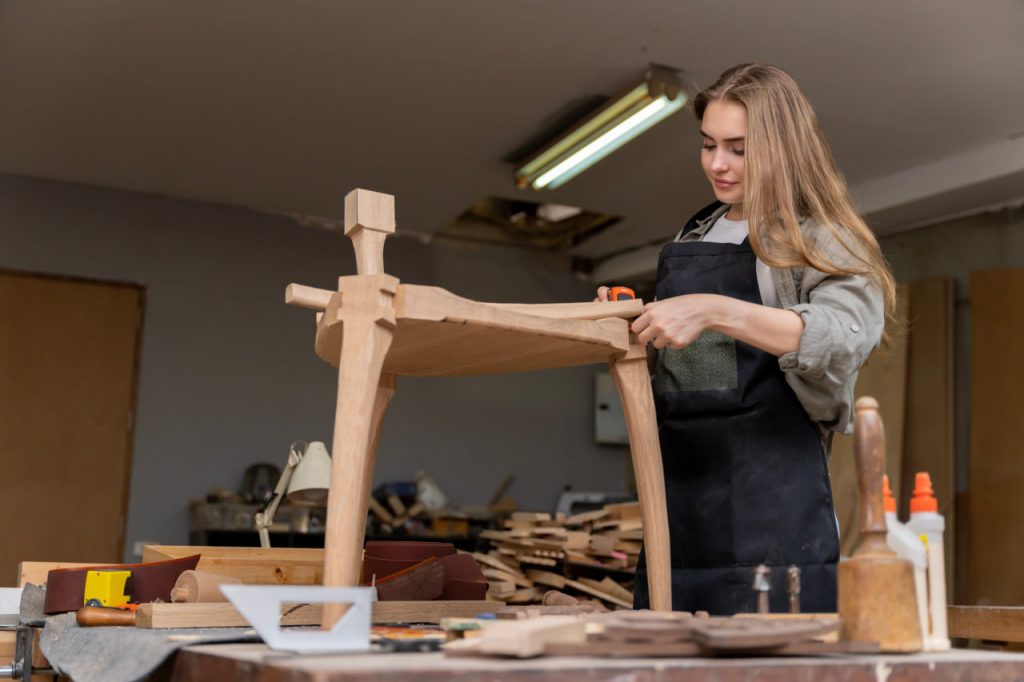In an age where environmental awareness is no longer optional but essential, people are rethinking the way they live, decorate, and consume. From fashion to food, the shift toward sustainability is everywhere — and furniture is no exception. Among the most exciting developments in the world of eco-conscious living is the rising trend of furniture refurbishing. What was once seen as a niche hobby or an artistic side project has become a full-fledged movement. And for good reason.
Refurbishing old furniture is one of the most impactful and accessible ways individuals can contribute to sustainable living. Each year, millions of pieces of furniture are thrown away — often not because they’re broken, but simply because they’re outdated or no longer match the aesthetic of a home. This kind of disposable mindset has led to a staggering volume of waste. Landfills around the world are filling up with sofas, tables, and dressers that could have easily been given a second life. Refurbishing offers an alternative — one that values creativity over consumption, and restoration over replacement.
But sustainability isn’t just about reducing waste. It’s also about rethinking value. In a world of mass production and fast furniture, we’ve lost something vital: a connection to the objects in our homes. Furniture has become temporary, rather than timeless. Refurbishing turns that idea on its head. It invites us to slow down, to work with our hands, and to truly appreciate the character, history, and potential in every piece. That scratched coffee table, that faded armchair, that wobbly desk — these aren’t throwaways. They’re canvases for transformation.
There’s also an emotional sustainability that comes with refurbishing. It’s not just the planet that benefits — it’s us. There’s a deep sense of satisfaction that comes from taking something old and making it new again. You’re not just extending the life of furniture; you’re also investing time, care, and creativity into your space. The end result is more than just a beautiful object — it’s something meaningful, something with a story. And in a world increasingly driven by fast trends and short lifespans, that kind of connection matters.
The trend is growing not just among DIY enthusiasts, but across generations and demographics. Young people are turning to refurbishing as a way to fight climate anxiety and create more sustainable homes. Families are using it as a bonding activity, passing on skills and creativity. Interior designers are embracing restored and upcycled pieces as statement elements in stylish, eco-forward homes. Even businesses are beginning to integrate refurbished furnishings into their workspaces, choosing character and conscience over mass-market uniformity.
Of course, there’s also a practical benefit. Refurbishing is often more affordable than buying new, especially when it comes to quality materials. Solid wood pieces that might cost a fortune brand new can often be found secondhand for a fraction of the price — and once refurbished, they often outperform and outlast anything mass-produced. This makes the practice not only sustainable but smart, especially for those who value both design and durability.
At Furniture Refurb Lab, we see refurbishing as a form of quiet rebellion — a choice to opt out of throwaway culture and into something more intentional, more personal, and more kind to the planet. It’s not about perfection. It’s about progress. It’s about looking at what you already have and asking, “What could this become?”
The next time you’re tempted to toss a piece of furniture that feels outdated, pause for a moment. Imagine what a coat of paint, a new fabric, or a few hours of hands-on care could do. You might just find that the most stylish, sustainable piece in your home is the one you almost threw away.
Because when it comes to creating a better world, sometimes the best place to start… is right in your living room.

